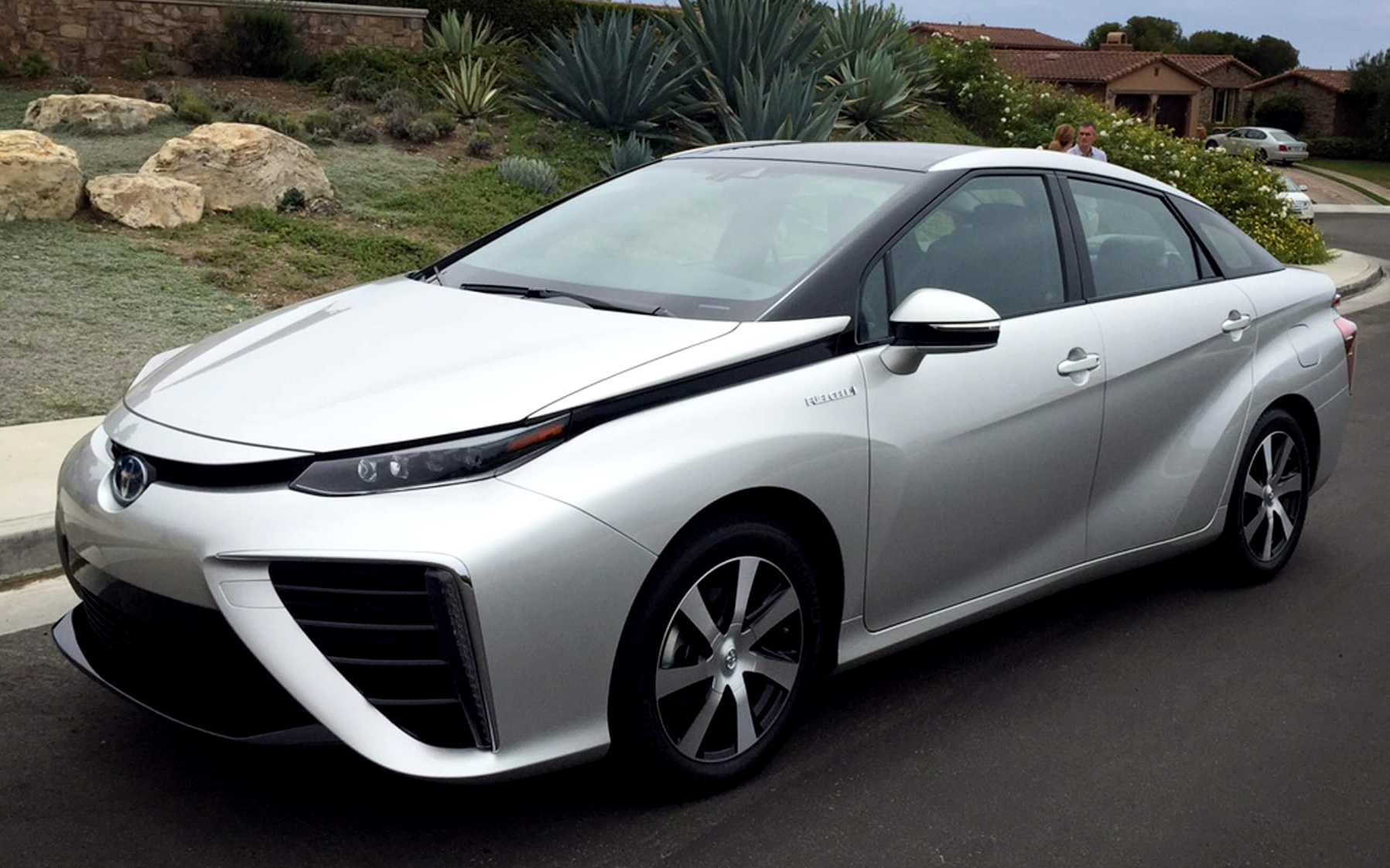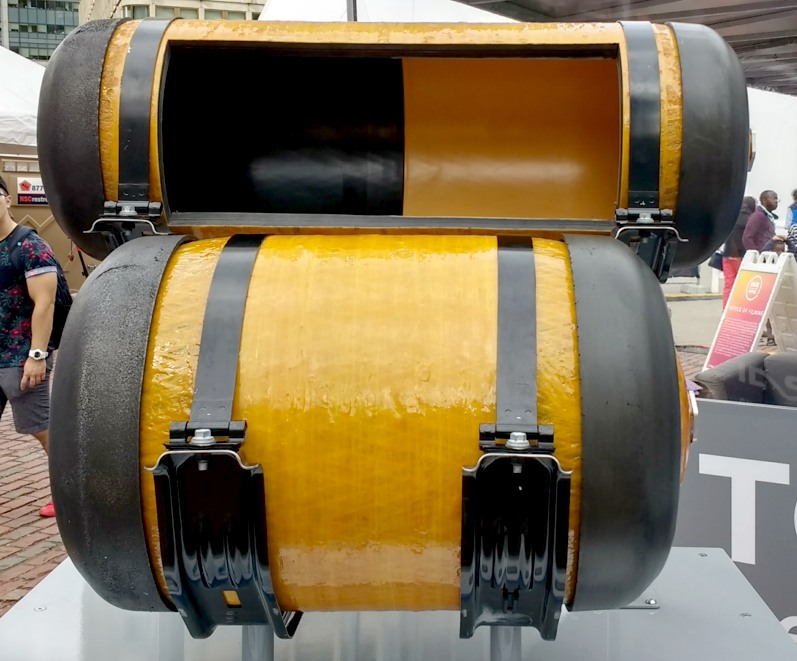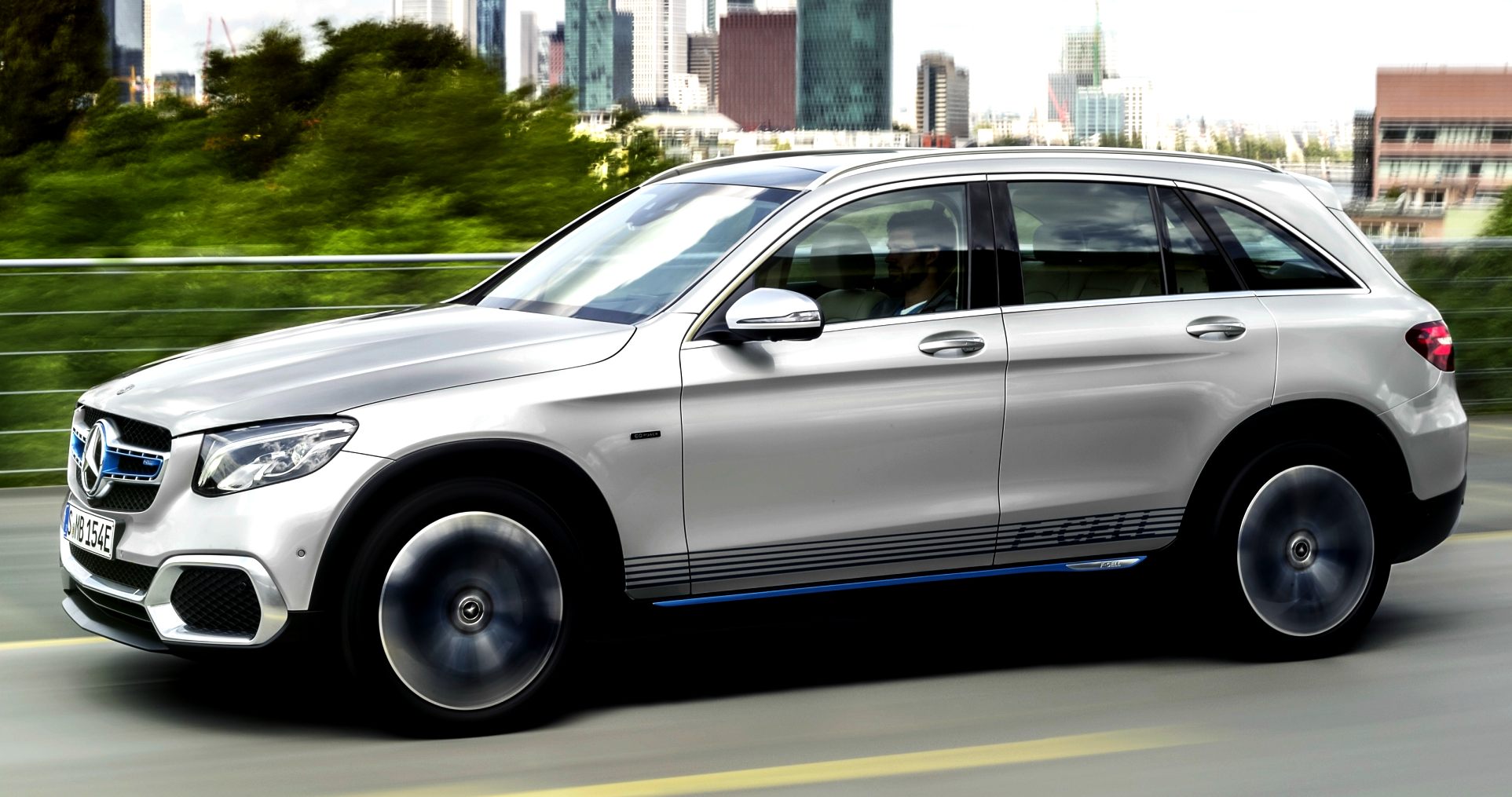|
TOYOTA MIRAI
Please use our A-Z INDEX to navigate this site where page links may lead to other sites.
|
|
Hydrogen power is the next stage of sustainable development for electrics, by extending range significantly for passenger vehicles and making the practical operation of long range heavy goods vehicles possible. But what about when a fuel cell breaks down? Roadside recovery will take you to the nearest garage for a conventional FCEV, but with the SmartNet Universal system, you can have a replacement fitted in a couple of minutes and be back on your way.
The Toyota Mirai (which means future in Japanese) signals the start of a new age of vehicles. Using hydrogen an important future energy carrier as fuel to generate electricity, the Mirai achieves superior environmental performance with the convenience and driving pleasure expected of any car. The Mirai is fitted with two 700 bar hydrogen tanks enough to provide a driving range of 500 km. It is the first mass produced sedan fuel cell vehicle with excellent performance of 113 kW and a low centre of gravity.
A FCEV, is an electric vehicle that is powered by a hydrogen fuel cell. FCEVs and the associated refuelling infrastructures are currently in the very early stages of market introduction.
The Toyota Mirai specifications:
Purchase Cost: £63,100**
Typically, hydrogen is delivered to a fuelling location in the same way as it is distributed to industry: in pressurized tanks on lorries. However, at suitable sites hydrogen can be produced on-site by electrolysis, in the best case with the aid of renewable electricity obtained via direct coupling (wind/solar), or through grid-balancing services.
Tank pressures have been globally standardised @ 700-bar, or 10,000 pounds per square inch (psi). These are the cylinders from a Toyota Mirai.
Sales in Japan began on 15 December 2014 at ₯6.7 million (~US$57,400) at Toyota Store and Toyopet Store locations. The Japanese government plans to support the commercialization of fuel-cell vehicles with a subsidy of ₯2 million (~US$19,600). Retail sales in the U.S. began in August 2015 at a price of US$57,500 before any government incentives.
Deliveries to retail customers began in California in October 2015. Toyota scheduled to release the Mirai in the Northeastern States in the first half of 2016. As of June 2016, the Mirai is available for retail sales in the UK, Denmark, Germany, Belgium, and Norway. Pricing in Germany starts at 60,000 (~US$75,140) plus VAT (78,540).
.
Please use our A-Z INDEX to navigate this site or see HOME
This website is provided on a free basis to promote zero emission transport in Europe and Internationally. Copyright © Climate Change Trust & Universal Smart Batteries 2021. Solar Studios, BN271RF, United Kingdom.
|



